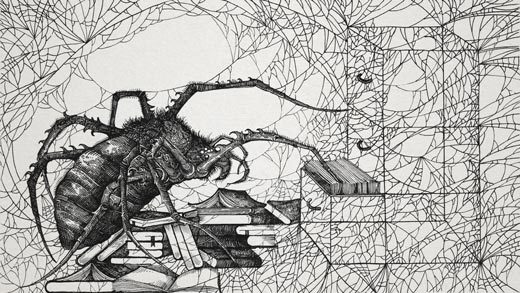
Western thought is steeped in the theoretical alienation of cognitive self from the rest of the world. We are soften represented as closed chambers of reflection, capable of cognitive evaluation of the world; contemplating and producing a theoretical picture of it through solitary reflection. Our bodies themselves are often considered largely inconsequential.
This abstraction of the self from its surroundings is problematic — it results in a two-pronged schism, from the agentive ‘other’ on the one hand, and from the (non-animate) world on the other. Why is this solipsism, as Merleau-Ponty claims, such an “incomparable monster’? In what ways is the narcissism with which we interpret our world so blind? Continue reading “Our Blind Narcissism”


